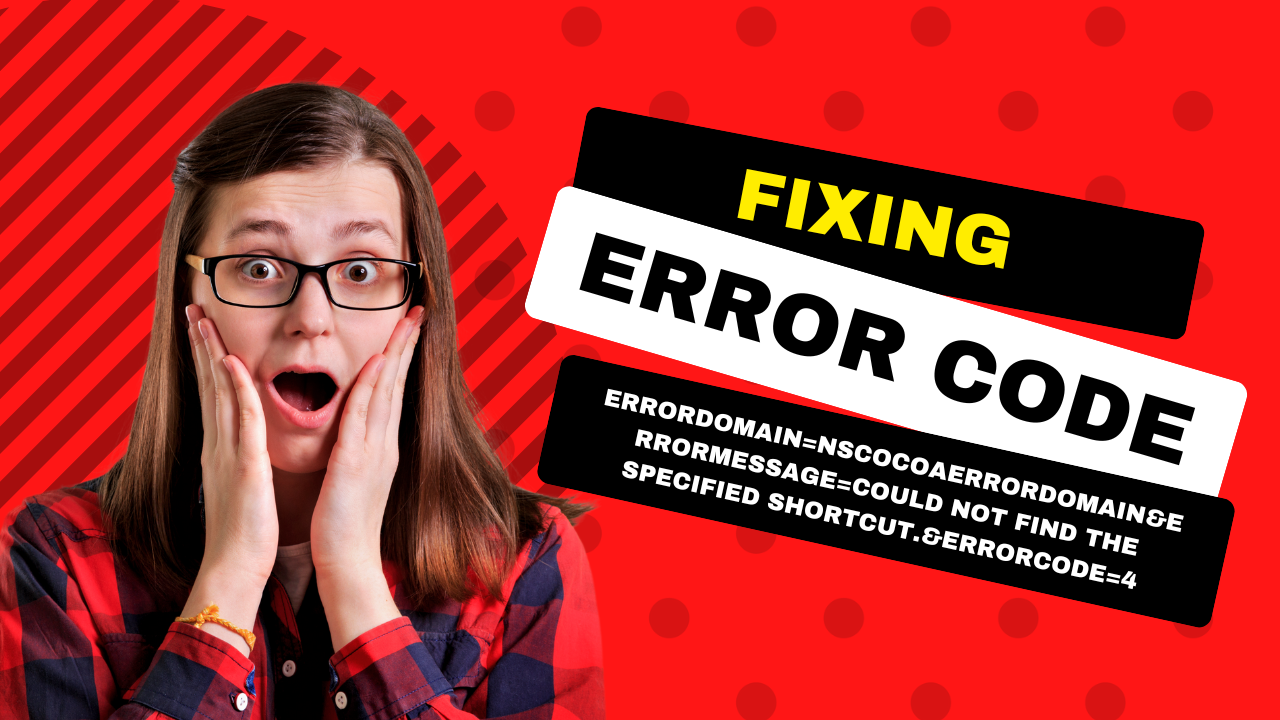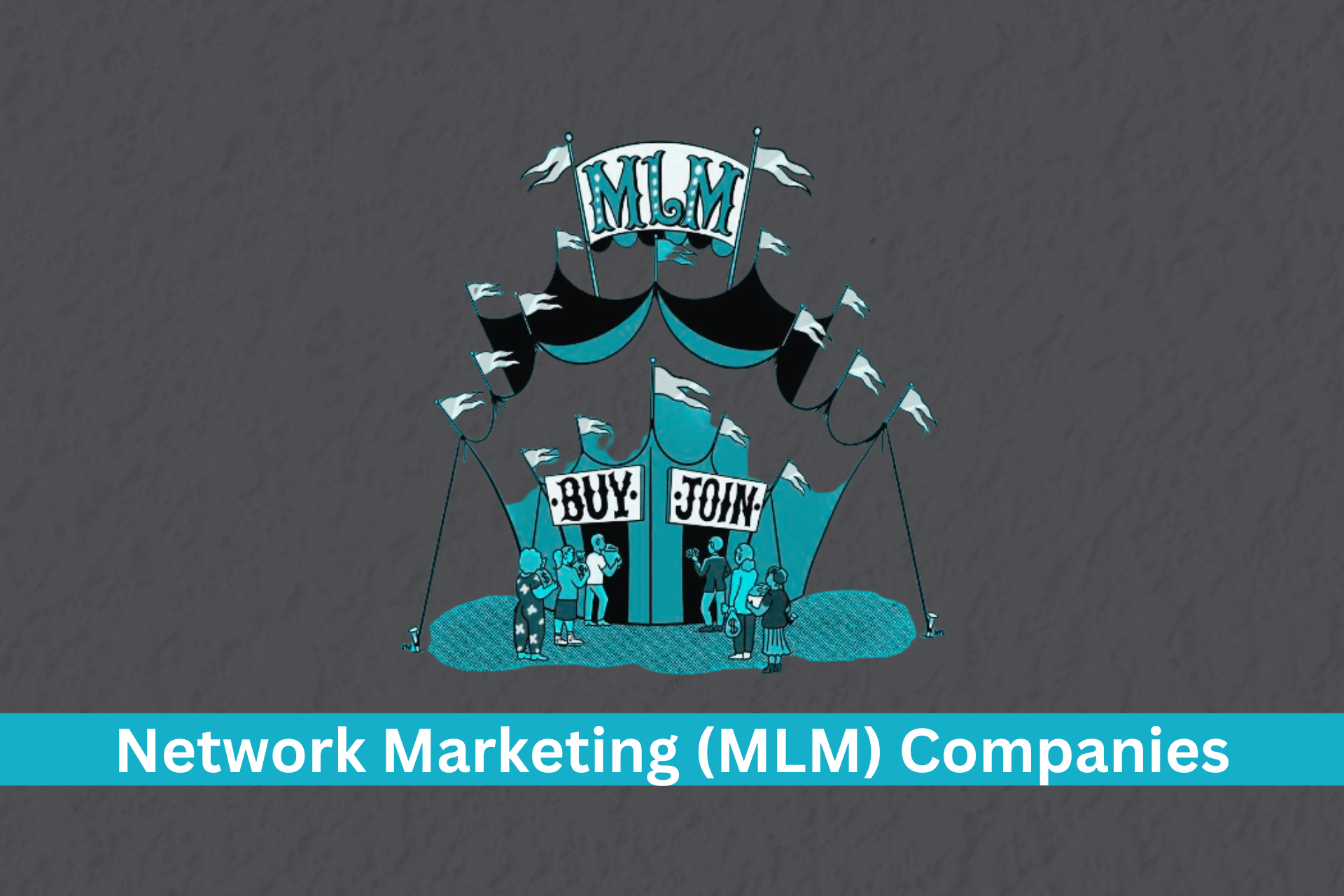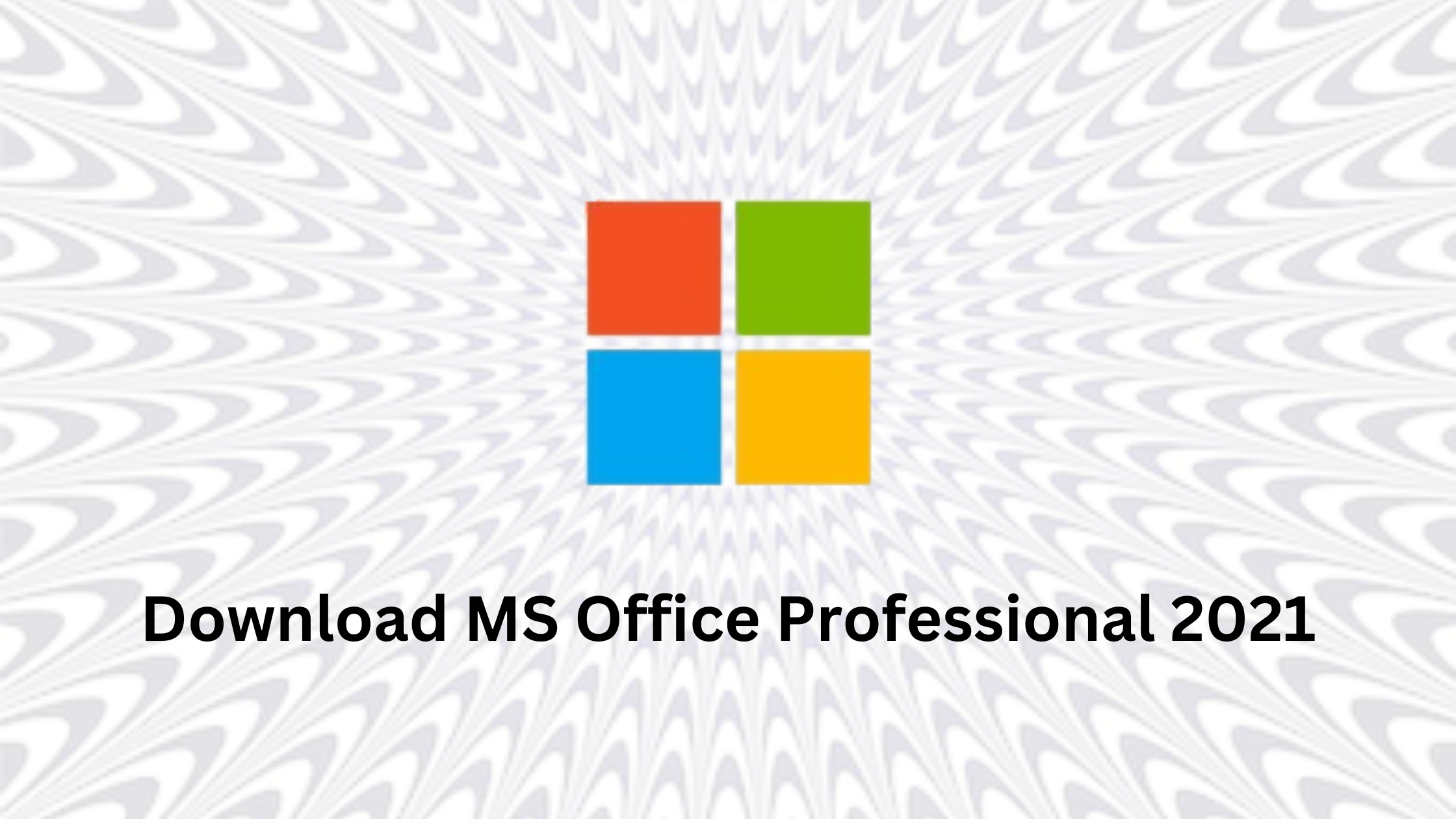A strong and memorable logo is one of the most crucial elements of a successful brand. It’s often the first impression potential customers have of your business, and it can significantly influence their perception of your company. Whether you’re launching a new brand or refreshing an existing one, designing a unique logo that sets your business apart from the competition is vital.
But how do you create a logo that’s both aesthetically pleasing and memorable? In this blog post, we’ll explore a few essential tips to help you design a one-of-a-kind logo for your brand.
Utilize Logo Maker Software
If you’re not a professional designer, using logo maker software can be a cost-effective and efficient way to create a unique logo for your brand. In fact, Placeit offers free logos, online tools, and extensive libraries of templates, icons, and fonts, making it easy for anyone to design a professional-looking logo.
Research Your Industry And Competition
Before you start designing your logo, it’s essential to research your industry and understand the common themes and design trends.
Analyze the logos of your competitors and identify what works and what doesn’t. Use this knowledge as a foundation for your design, but strive to make your logo stand out from the crowd.
Determine Your Brand Identity
Your logo should accurately represent your brand’s personality, values, and target audience. Is your brand playful or serious? Modern or traditional? Luxurious or affordable? Take the time to define your brand identity, as it will play a significant role in shaping your logo design.
Brainstorm Logo Ideas
With a clear understanding of your brand identity and industry trends, start brainstorming ideas for your logo.
Consider various design elements, such as symbols, icons, shapes, and typography, that align with your brand’s personality and message.
Sketch out rough ideas on paper or use digital design tools to visualize your concepts. Don’t worry about refining your ideas at this stage; the goal is to generate a wide range of possibilities.
Prioritize Simplicity
The most memorable logos are often the simplest ones. Aim for a clean, uncluttered design that’s easy to recognize and reproduce at various sizes.
Avoid using too many colors, intricate details, or complex typography, as these elements can make your logo difficult to read and remember.
Choose The Right Color Palette
Color plays a significant role in conveying your brand’s personality and evoking emotions. Choose a color palette that aligns with your brand identity and resonates with your target audience.
Limit your palette to 2-3 colors to maintain simplicity and ensure your logo remains visually appealing.
Select Appropriate Typography
The typography you choose for your logo can significantly impact its overall appearance and effectiveness. Opt for a font that complements your logo’s visual elements and reflects your brand’s personality.
Keep in mind that custom typography can help set your logo apart from competitors and strengthen its uniqueness.
Incorporate Negative Space
Negative space, or the empty areas around and within your logo’s elements, can be a powerful design tool. Clever use of negative space can add depth and interest to your logo, making it more visually appealing and memorable.
Look for opportunities to incorporate negative space in your design, but ensure it doesn’t compromise the logo’s legibility.
Aim For Timelessness
Trends come and go, but a truly great logo should stand the test of time. Avoid relying on current design trends, as they may quickly become outdated. Instead, focus on creating a timeless design that will remain relevant and appealing for years to come.
Ensure Scalability
Your logo will need to be reproduced at various sizes and across different mediums, so it’s essential to ensure it remains legible and visually appealing at any scale. Test your logo design by resizing it to various dimensions, and adjust any elements that become illegible or lose their impact when scaled.
Seek Feedback
Asking for feedback from colleagues, friends, or even your target audience can provide valuable insights into how your logo is perceived. Use this feedback to refine your design, ensuring it accurately represents your brand and appeals to your target market.
Balance Between Symbolism And Literal Representation
Your logo can either be a symbolic representation of your brand or a more literal depiction of your products or services.
Aim to find a balance between these two approaches, ensuring your logo is both meaningful and easily identifiable. Consider using abstract shapes or visual metaphors to convey your brand’s essence without being overly explicit.
Create Multiple Logo Variations
Having multiple logo variations can provide flexibility when applying your logo across different mediums and contexts. Create a primary logo, along with alternative versions that may include a simplified or monochrome design, a stacked or horizontal layout, and variations with or without your tagline.
This will ensure your logo remains visually appealing and recognizable, regardless of its application.
Test Your Logo On Different Backgrounds
Your logo should be versatile enough to be used on various backgrounds, including dark, light, and patterned surfaces. Test your design on different backgrounds to ensure it maintains its visual impact and legibility.
If necessary, create alternative color schemes or incorporate outlines to help your logo stand out against contrasting backgrounds.
Tell A Story
A compelling story behind your logo can make it more memorable and emotionally engaging for your audience. Consider incorporating elements that reflect your brand’s history, values, or mission into your design.
Share the story behind your logo on your website, social media, or marketing materials to create a deeper connection with your audience and strengthen your brand identity.
Conclusion
Creating a unique logo design for your brand may seem like a daunting task, but by following these essential tips and leveraging logo maker software, you can develop a memorable and impactful logo that sets your business apart. Remember, your logo is often the first impression potential customers have of your brand, so invest time and effort into crafting a design that accurately represents your company’s identity and resonates with your target audience. With a strong logo in place, you’ll be well on your way to building a successful and recognizable brand.

The Search Engine Cage team is on a mission to educate entrepreneurs. We make things easier for the small business owner, by writing articles that help them to understand SEO and Digital Marketing.







